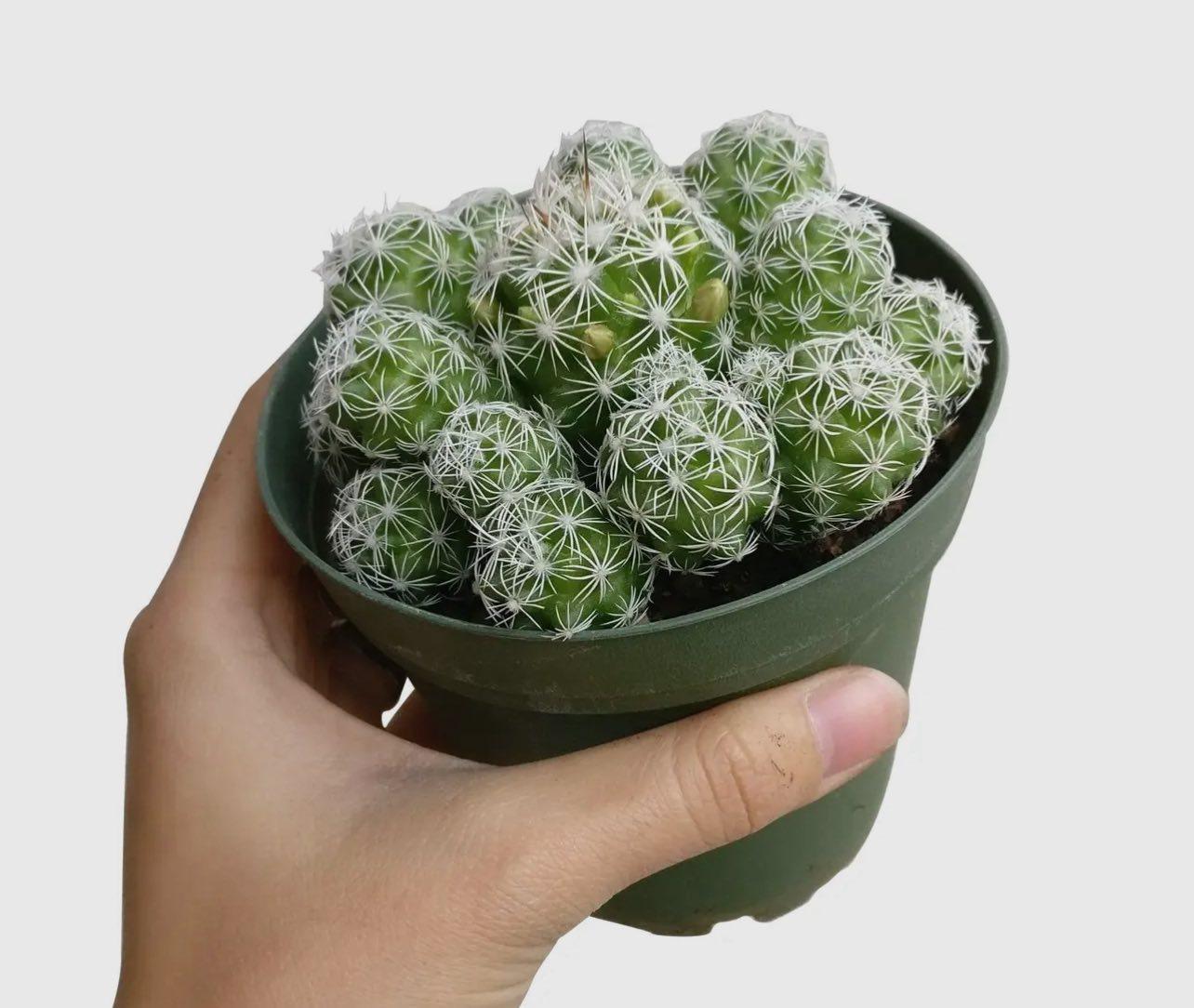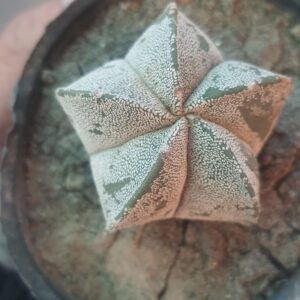The Thimble Cactus “In the event that a user’s credit card information is compromised, the company will notify the user and provide them with support. The Thimble Cactus (Mammillaria gracilis fragilis) is a little, lovely cactus.
The Thimble Cactus, which is scientifically known as Mammillaria gracilis fragilis, is a beautiful, tiny, and fragile cactus species that originates in the deserts of Mexico. Its name, ‘fragilis’, which translates to ‘fragile’, alludes to how readily its tiny, thimble-like offsets break off with the slightest touch, making it a delightful and prolific species for propagation.
The thick, tuberculated stems of the Thimble Cactus, which are coated in a web of thin, white radial spines, are prized for their velvety, fluffy look. It is still quite compact, making it a great option for windowsill gardens, succulent arrangements, or little pots.
🌿 Botanical Overview
Scientific name: Mammillaria gracilis fragilis
Popular Names: Thimble Cactus, Fragile Cactus
Family: Cactaceae
Central Mexico is the Native Region.
Growth Pattern: A clumping cactus with several tiny, cylindrical stalks
Dimensions:
Individual stem height: Maximum of 5 cm (2 inches)
15–30 cm (6–12 inches) is the clump spread over time.
Zones of USDA Hardiness: 9–11
🌸 Blooms
Spring and summer are the blooming season.
A Flower’s Description:
Tiny blooms ranging from creamy white to light yellow
Frequently originate in the top section of the stem
With the right maintenance, may bloom more than once.
Although the plant’s form and texture are its main attractions, flowers give it a subtle appeal.
☀️ Light Needs
Indoors:
Requires direct morning sun or bright, indirect light
The best window is one that faces east or south.
If there is not enough natural light, think about using grow lights.
Outside:
Likes light shade over full sun
To avoid sunburn in very hot conditions, shield yourself from the strong afternoon sun.
Maintaining its small form and encouraging good growth are both dependent on light.
Humidity and Temperature
Temperature:
Optimum: 18–30°C (65–86°F)
If dry, can tolerate short periods of time at -1°C (30°F).
Not frost-hardy; shield from prolonged cold exposure
Humidity:
Likes environments with little moisture and low humidity
A lot of moisture can cause rot and fungal problems.
Maintaining adequate ventilation is essential for the indoor health of the plant.
💧 Watering Schedule
Season of Growth (Spring to Early Fall):
Water when the soil is really dry
Typically, it occurs every 10–14 days, depending on the surroundings.
Water thoroughly, but let all extra drain.
Winter Dormancy:
Only use water sparingly, around once a month.
Keep it dry throughout the winter.
Stem rot, which is the main reason for mortality, is brought on by excessive irrigation.
Needs for the Soil
Type:
Needs porous soil that drains well.
perfect combination:
50% cactus blend
25% grit or coarse sand
25% pumice or perlite
pH: Between neutral and somewhat acidic
Waterlogging is prevented by good drainage, which is crucial for all Mammillarias.
Fertilizing
During the Growing Season:
Use a diluted cactus fertilizer (5-10-10) to fertilize every 4–6 weeks.
Contributes to increasing growth and flowering
Dormant Time:
not necessary for fertilization
Maintenance and trimming
Cutting:
Just enough to get rid of dead or broken stems.
Easily loses offsets, which are either propagatable or cleanable.
Management of Pests:
Watch out for:
Mealybugs
Spider mites
Insects that are scaled
Use neem oil or isopropyl alcohol for treatment.
Regular inspections help keep pests under control, particularly in indoor environments.
🌿 Reproduction
Offsets (Pups):
Easily spread from the numerous tiny offsets
Carefully remove an offset (wear gloves to avoid irritation).
Allow the offset callus to remain for two to three days.
Put in dry, well-draining soil
Give it a light watering after about a week.
through seeds:
Although it’s conceivable, offsets are quicker.
Germination necessitates patience and warm temperatures.
Problems that are Common
Overwatering causes root rot.
Sunburn: Caused by unexpected exposure to strong sunlight
Dusty, dry indoor conditions promote mealybugs or spider mites.
Most issues are resolved by adequate lighting, watering, and airflow.
🎍 Ornamental Applications
Most suitable for:
gardens on windowsills
small succulent collections
little pots or ornamental planters
Terrariums (open type, not closed)
Due to its small size and beautiful shape, it is a collector’s favorite as well as a wonderful cactus for beginners.
Conclusion
The Thimble Cactus (Mammillaria gracilis fragilis) is a lovely, low-maintenance plant that gives growers a continuously growing mound of spiky thimbles and sporadic blooms. This seemingly fragile but hardy cactus may flourish for many years with the proper combination of sunlight, watering regimen, and well-draining soil.”
Thimble Cactus
Original price was: ₨1,000.00.₨599.00Current price is: ₨599.00.
“The little, clumping cactus known as the **Thimble Cactus** (*Mammillaria gracilis fragilis*) is native to Mexico. It is well-known for its adorable, diminutive size and thick covering of delicate, white spines that give it a soft, fuzzy texture. The name comes from the plant’s dense groupings of small, cylindrical, thimble-like stems.
It prefers sandy, well-drained soil and flourishes in direct sunlight or bright, indirect sunlight. The Thimble Cactus tolerates drought and only needs infrequent watering, allowing the soil to dry out completely between waterings.
The tiny, creamy white to light yellow blooms that appear at the end of the stalks in the spring and summer. Because of its delicate appearance, low maintenance requirements, and capacity to rapidly produce appealing clumps, the **thimble cactus** is highly sought after by succulent enthusiasts, making it ideal for rock gardens, pots, or succulent arrangements.”





Reviews
There are no reviews yet.